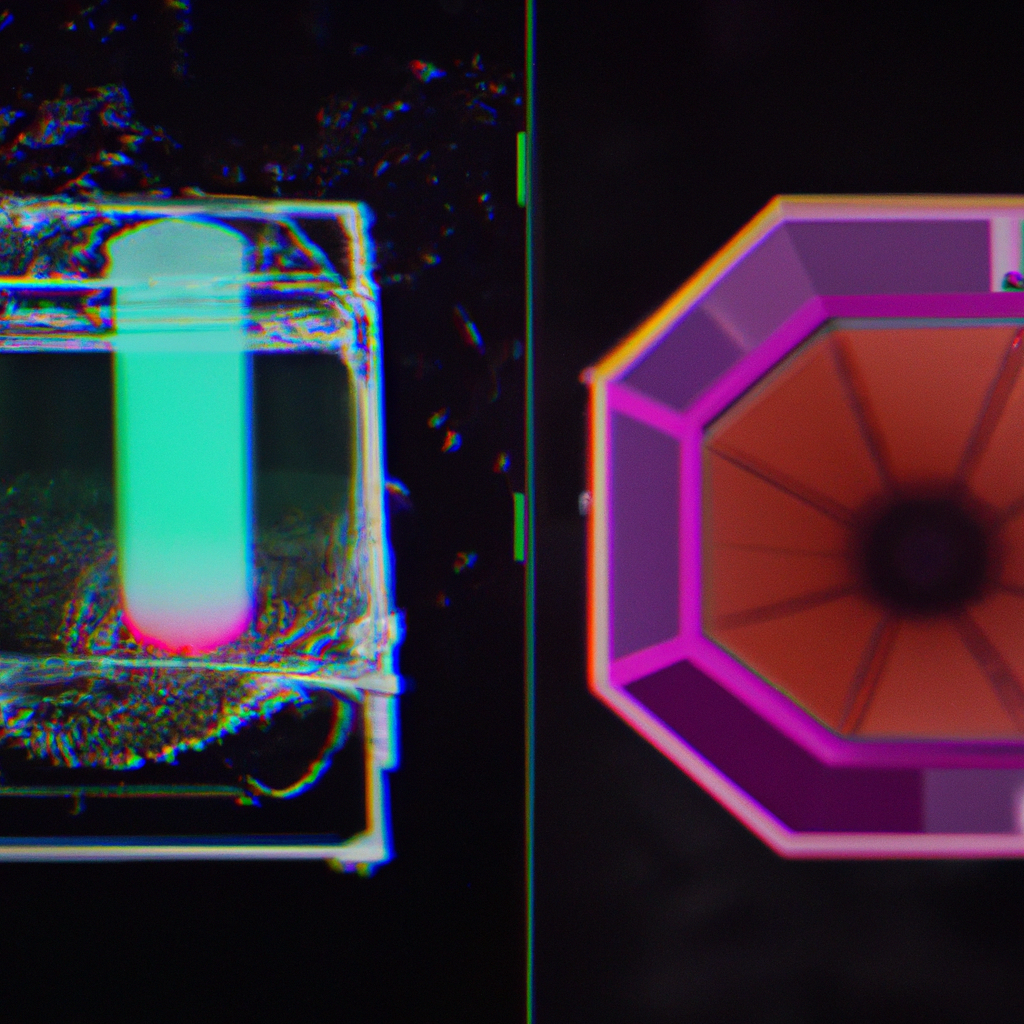Hologram Creation: How It Works and Its Applications
Holography, the science of creating three-dimensional (3D) images using light, has revolutionized the way we see and interact with the world. One of the most popular applications of this technology is hologram creation. Holograms are virtual images that appear to be floating in space, allowing us to see objects and scenes from all angles. In this article, we will explore the process of hologram creation, the technology behind it, and its various applications.
The Basics of Holography
Before diving into the specifics of hologram creation, it is essential to understand the basics of holography. Holography works by recording the interference pattern produced by two beams of light. The first beam, called the reference beam, is directed straight onto a photographic plate or film. The second beam, called the object beam, is directed at the object being recorded. As the object beam reflects off the object, it interferes with the reference beam, creating a complex pattern of light and dark areas on the photographic plate or film.
When the plate or film is exposed to light again, the interference pattern recorded earlier is reconstructed, creating the illusion of a 3D image. Unlike regular photographs, holograms capture not only the intensity but also the phase of light, allowing them to display a lifelike representation of the object being recorded.
Hologram Technology
Hologram creation requires advanced technology to produce high-quality images. The most common types of hologram technology are:
– Reflection holograms: These holograms are created by illuminating the holographic film with a laser beam and reflecting the image back to the viewer. Reflection holograms are the most common type of hologram used in commercial applications.
– Transmission holograms: These holograms are created by shining a laser beam through the holographic film, projecting the image onto a screen. Transmission holograms are less common but offer a higher level of detail and clarity.
– Hybrid holograms: These holograms combine both reflection and transmission techniques to produce a hologram that is visible from both sides.
Hologram Creation
Hologram creation typically involves the following steps:
1. Preparing the object: The object to be recorded is placed on a stable surface and illuminated with a laser beam.
2. Creating the interference pattern: The laser beam is split into two beams, with one directed at the object and the other used as a reference beam. The interference pattern created by the two beams is recorded onto a photographic plate or film.
3. Developing the hologram: The photographic plate or film is developed, creating a 2D image of the interference pattern.
4. Reconstructing the hologram: The hologram is illuminated with a laser beam, recreating the interference pattern and producing the 3D image.
Applications of Hologram Technology
Hologram technology has a wide range of applications in various industries. Some of the most common uses of hologram technology include:
– Security: Holograms are often used in security applications, such as on credit cards, passports, and other identity documents, to prevent counterfeiting and fraud.
– Education and training: Holograms can be used in education and training to create lifelike simulations of complex systems, such as medical procedures or engineering processes.
– Entertainment: Holograms are popular in the entertainment industry, where they are used to create lifelike performances of deceased musicians or actors.
– Advertising: Holograms can be used in advertising to create eye-catching displays that stand out from traditional printed materials.
– Art: Holograms have been used by artists to create unique and interactive installations that allow viewers to immerse themselves in the artwork.
Conclusion
Hologram creation is a complex and fascinating process that has revolutionized the way we see and interact with the world. By recording the interference pattern produced by two beams of light, holograms can create lifelike 3D images that allow us to see objects and scenes from all angles. With applications in security, education, entertainment, advertising, and art, hologram technology is a versatile tool that continues to evolve and improve.







